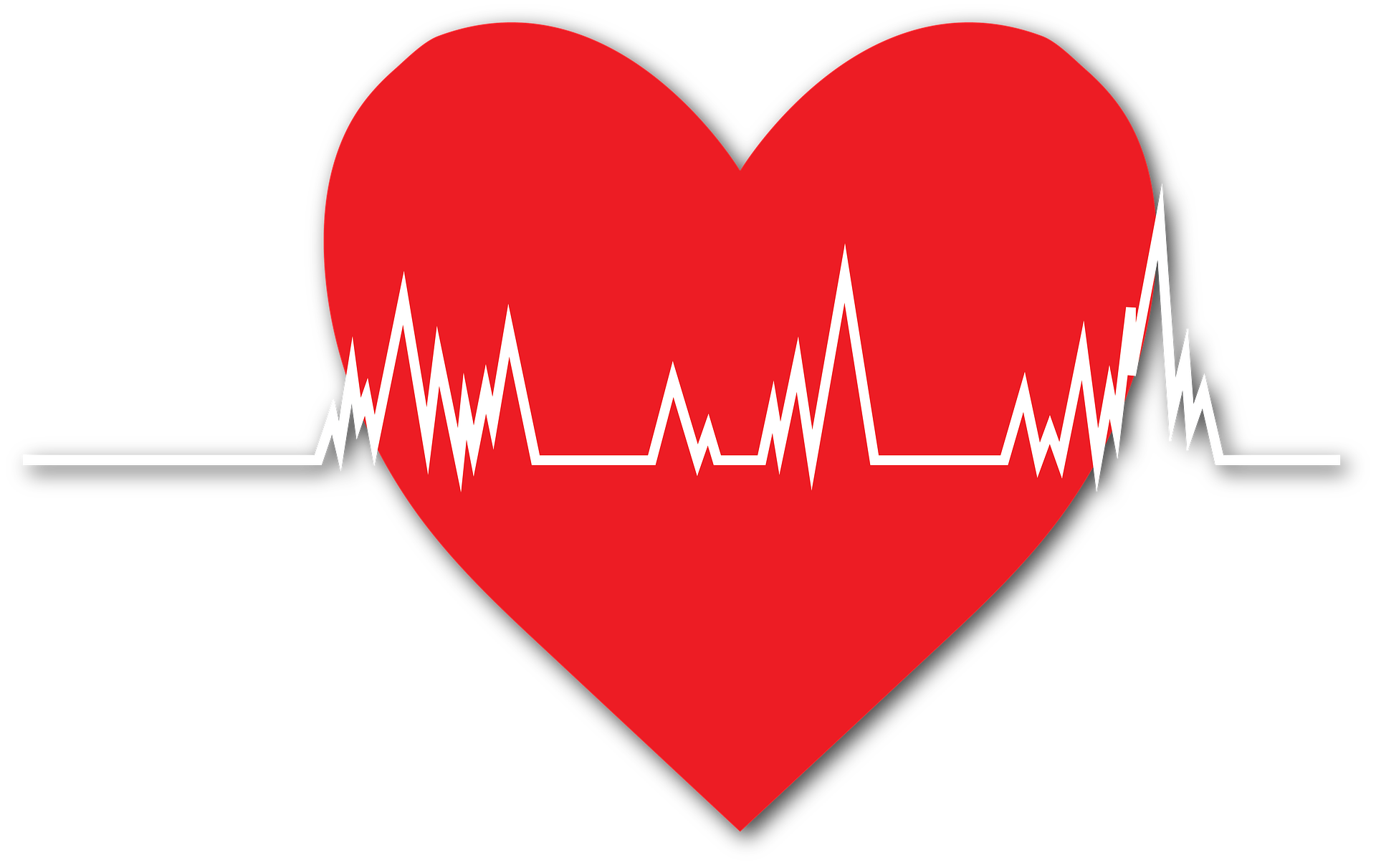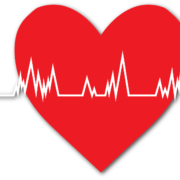Two Stories That May Save Your Life – Part One of A Two-part Series

I was stunned.
Three weeks ago, I received this email on a Monday morning from a new friend, a retired airline pilot that I had an extended phone conversation with a year ago following his response to one of my health and wellness-related blogs.
Good evening Gary,
Last April I did a sprint triathlon and started training for an Iron Man 70.3. I am retired and 67 years old and I thought in excellent shape with a change to a whole plant-based diet. In my excitement for my newfound energy, I decided to get my FAA pilot (license renewed). Well. I failed my EKG. Fast forward, testing etc. I am at this time sitting in my room at the Cleveland Clinic in Weston Florida, just had quadruple open heart bypass performed on Thursday. There is too much to share on an email – feel free if you’re still up give me a call till 2 AM another 55 minutes from now on my cell phone and I can discuss these matters.
Fly safe
Paul
I picked up the phone and called. I had to know more.
My conversation with Paul a year ago had centered on his adjustments to a healthier lifestyle following retirement. He was adapting to a new retired life, coming down from decades of being glued to a cockpit chair, sleep deprivation, free but unhealthy airline food, and strenuous schedules that come with being in the first seat for a major international airline – a career that spanned 46 years.
He told me it took him 4-5 months to emerge from a constant fog and be able to sleep 7 hours after years of averaging far less than that. He was proudly attacking the accumulated weight issues related to limited physical activity and marginal diet that accompanied a work schedule that, on occasion, covered 24 time zones in one international round trip.
He took both exercise and diet seriously just before retirement, moving to a whole-food-plant-based diet and elevating his exercise to the point of completing a sprint triathlon soon after retiring, which his wife filmed and turned into this YouTube video:
https://www.youtube.com/watch?v=O8mqpvEHlQs
With his newfound confidence in his health status, he decided to get his FAA license renewed, really for no other reason than to just prove that he could.
That decision saved his life.
He flunked.
An abnormal EKG came with the suggestion that he arrange for further testing.
He met with cardiologists at a local hospital and didn’t feel comfortable with the way they were handling his situation.
He did more research and connected with the local branch of the renowned Cleveland Clinic where tests suggested an angiogram to isolate the anomaly. His cardiologist felt that the worst-case scenario from the angiogram would be placing a stent in the affected area during the procedure.
He was – thankfully – wrong.
The angiogram revealed 90% blockage in the left anterior descending artery (LAD), commonly known as the widowmaker. It’s called the widowmaker because the blockage, usually a blood clot, stops all the blood flow to the left side of the heart, causing the heart to stop beating normally – or at all, which is usually the case.
The intended stent placement gave way to immediate CABG (coronary artery bypass grafting) or, as we know it, quadruple bypass surgery.
What’s the big deal? We do 340,000 of them a year!
I suspect most all of us have heard somewhat similar stories, or at least know someone who has had their chest cracked open for this procedure.
How is Paul’s different? Why should I care?
One of the key differences in Paul’s story – and the point I want to convey to anyone who cares to read or listen – is the proactive nature of his actions. In his words:
“Because my issue was discovered through volunteering (to do) testing, I was then allowed to be part of every decision i.e. what hospital, what doctor, what rehab, etc. If I would have had an event, then all decisions would be made by someone else! Being proactive in health produces a much more preferred outcome.”
I suspect that the vast majority of those 340,000 procedures occur after “reactive testing” in response to some sort of event, be it chest pain, shortness of breath, dizziness, upper back or neck pain, indigestion, extreme fatigue, of God forbid, an actual heart attack.
Heart disease remains the #1 killer in the U.S. with 805,000 occurring annually. Someone dies of a heart attack every 36 seconds in the U.S.
And 1 in 5 heart attacks is silent – the damage is done but the person is unaware of it.
That may have been Paul’s fate had he not been proactive.
70.3 Ironman triathlon in March
Paul is undeterred. As I write this, it’s been 25 days since his surgery. He has worked up to walking 5 kilometers daily and is nearly free of needing help with any of his daily activities. The March triathlon is still his target. (Note: 70.3 is half of a regular ironman – they don’t like the “half” part in the name). I believe he will get there.
His diet remains fully vegan.
He has engaged a concierge “lifestyle practitioner” as a partner in his self-care going forward. The practitioner is a full-on medical doctor who practiced for years at one of the large local hospitals but could no longer tolerate the way he was expected to care for his patients by the system he belonged to.
As a concierge, he limits the number of patients and is providing individualized preventive care for a $250 enrollment fee and $150/month for unlimited access to his services.
Paul reported that his first visit was two hours long discussing the most extensive battery of tests that he ever experienced.
Raise your hand if you’ve come anywhere close to a 2-hour conversation with your doc.
And the physician actually talked diet and knew what he was talking about.
My own “heart disease” story
I’ve written of this before. Six years ago, at 73, I had a heart scan that revealed I am in the high-risk category for cardiovascular disease (CVD).
In a way, my heart scan was proactive. Not because I pushed for it, but because my PCP encouraged it.
Despite being a septuagenarian, I’d never had a scan. My doc didn’t recommend it because he saw something that concerned him but rather he felt it is a good thing to do as a precaution at my age.
The results scared the s*** out of me – and my wife.
Although my total calcium score was high, the scan showed the LAD (see above) was clear and a subsequent echo and nuclear stress test didn’t reveal any blood flow issues. So, it was life as usual, including my aggressive exercise regimen.
So far, so good.
How proactive are you about this silent disease?
Paul’s experience, and the one you will read about next week, illustrate the merit of being in charge of our health by being proactive.
If you are over 40 and haven’t had a conversation with your PCP (please tell me you know his/her name) about a CT Coronary Artery Calcium scan (CAC), then initiate the conversation.
A multi-state study of more than 28,000 people hospitalized for heart attacks from 1995 to 2014 showed 30 percent of those patients were young, age 35 to 54. The unfortunate truth is that heart attacks are happening to younger adults more and more often. This is partly because the conditions that lead to heart disease are happening at younger ages.
My calcium collection didn’t just pop up – it likely has been with me for a few decades, silently, insidiously doing what it does – collect.
I’m lucky that it apparently hasn’t clumped, which it can have a tendency to do and turn people’s lights out.
If you have reached your 5th decade, you’ve collected it too.
Maybe now would be a good time to find out how much you’ve collected. And to get to know a cardiologist that can help you achieve good heart health.
Don’t wait for an event. Be proactive. Seventy-five percent of heart attacks are first-time events and 40-50% are fatal.
I’ll end by requoting Dr.David Katz, specialist in Preventive Medicine and Lifestyle Medicine, who reminds us:
“We know all we need to know to reduce the major killers in our culture by 80%. We don’t need more fancy drugs, or machines, or more Nobel prizes. We know all we need to know right now.”
Part of that knowing is proactively taking advantage of available testing technology.
What’s your proactive health plan? If you have a story like Paul’s, let us know. We’d like to talk with you about it. Email us at gary@makeagingwork.com or leave a comment below.





A long time diabetic, I was put on blood thinners many years ago. Now off them but Reading this, I see the need to look further. Thanks (Will be 83 next month, still active.)
Murray
I have a long history with diabetes, and in my early seventies was put on blood thinners. Now off them and feeling good but at almost 83 see the benefits of more tests. Sugars are usually high normal with some ups and downs. very active most of my life, find it hard to slow down